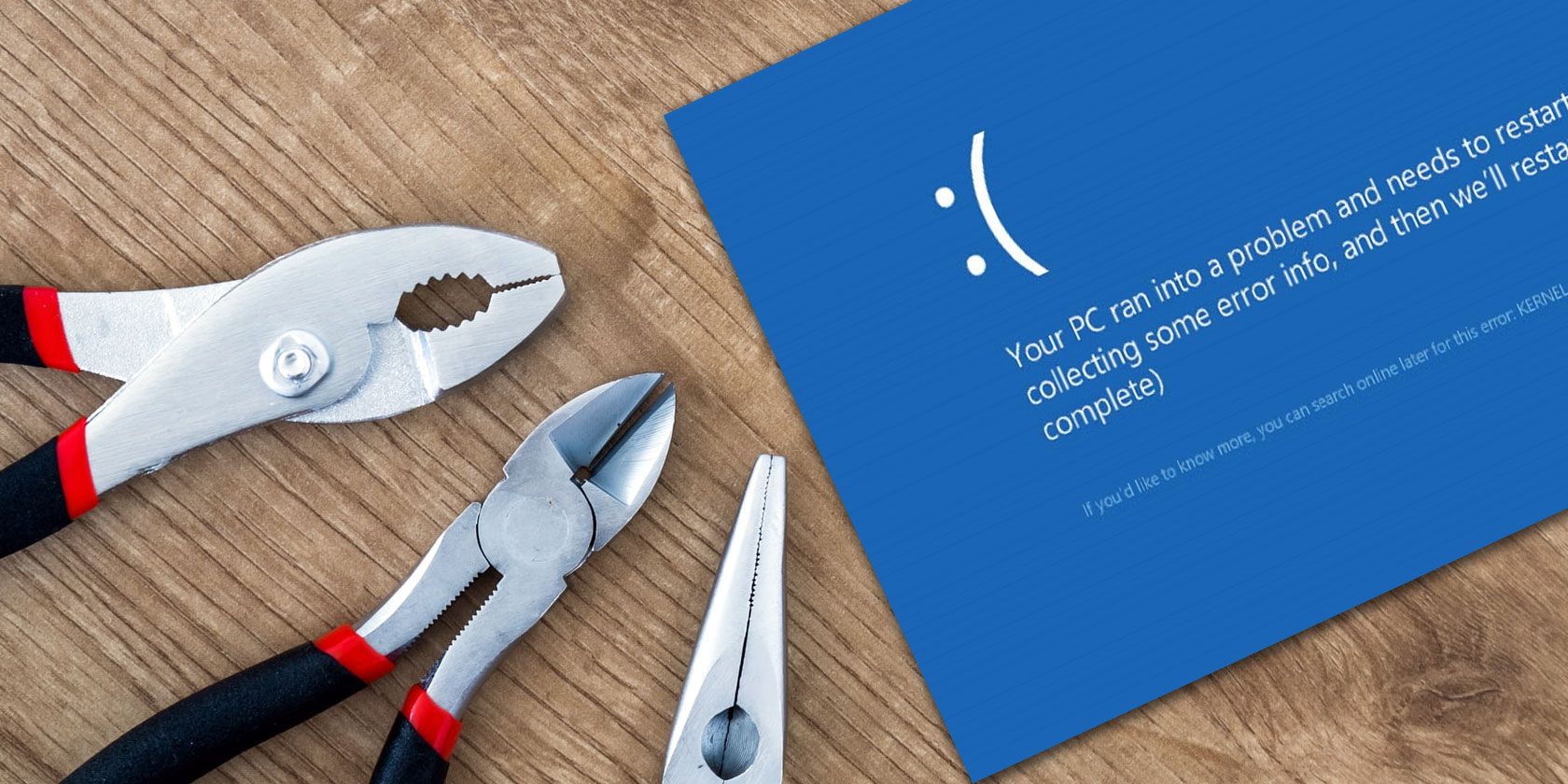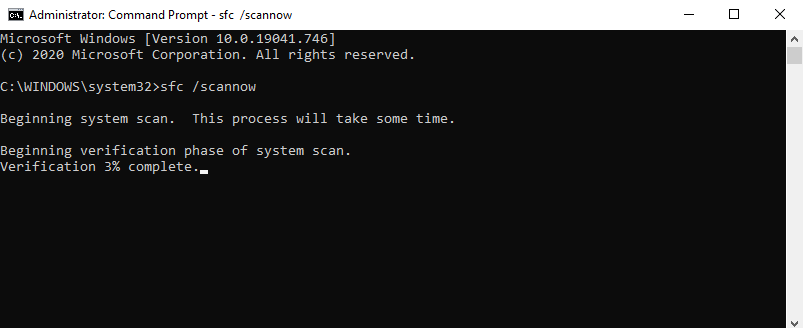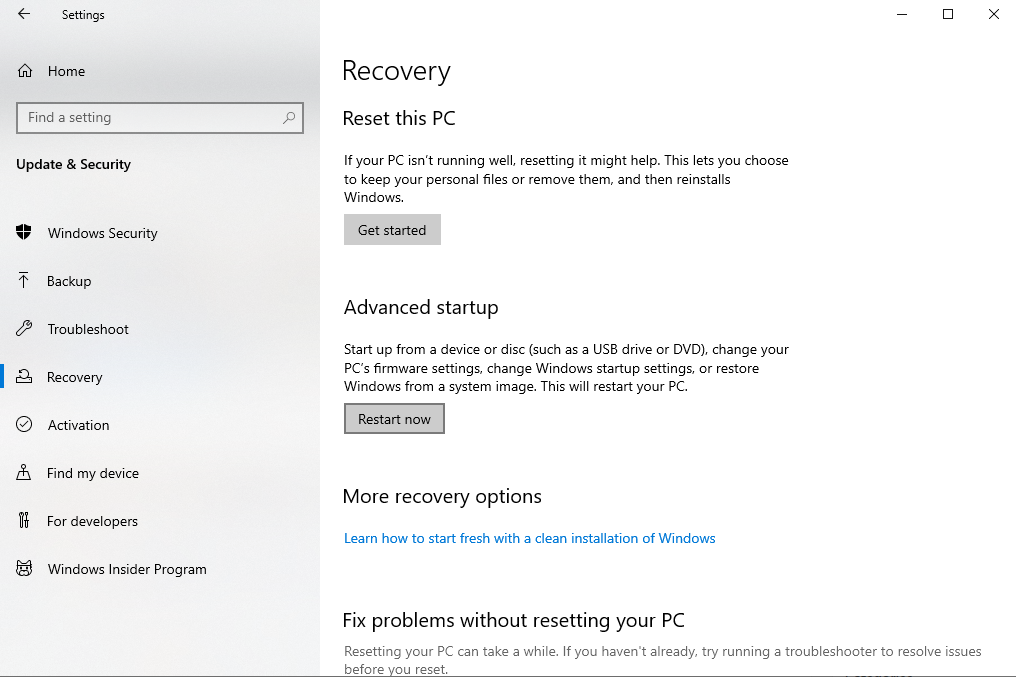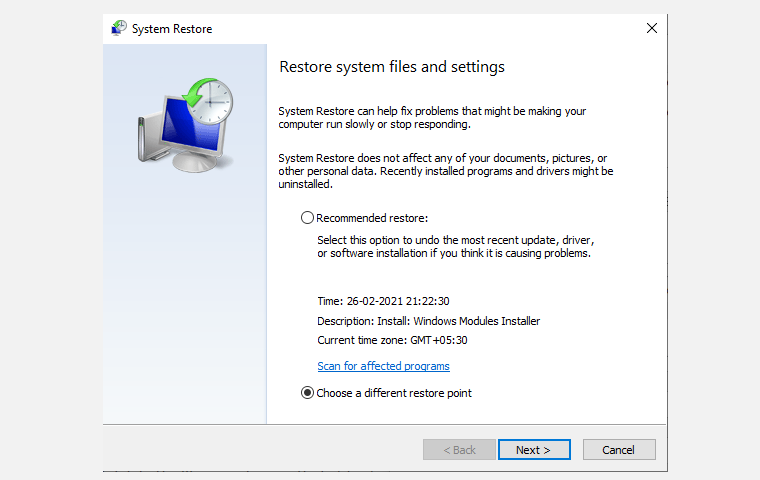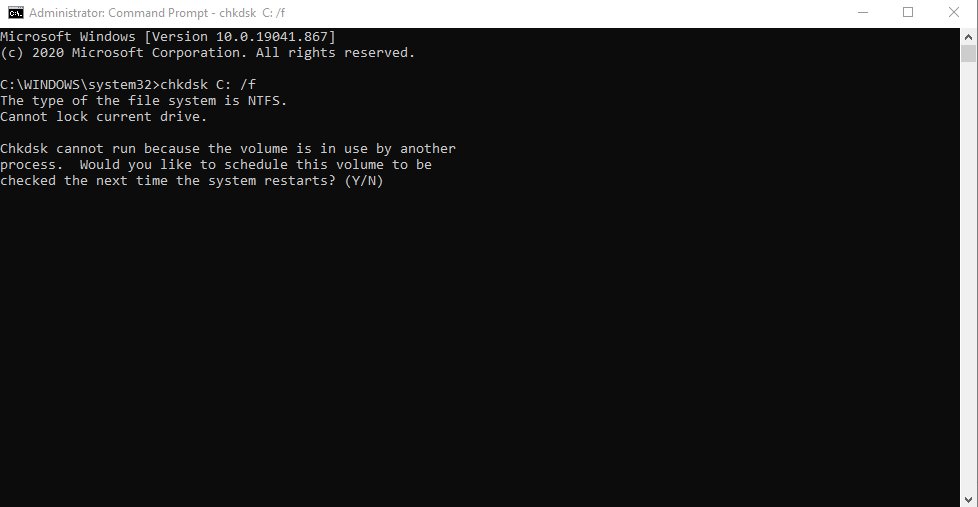If you have encountered the blue screen of death error, or BSOD, during Windows 10 boot up, rest assured that you are not alone.
Windows 10 is infamous for abrupt errors and crashes. One such error is the BSOD error caused by the kernel security check failure. If you're facing the kernel-security_check_failure on Windows 10, then you've come to the right place.
How to Fix the Kernel Security Check Failure in Windows 10?
Although fairly common, a specific cause hasn’t been found for this Windows error. However, it's associated with a slew of other system problems, such as hard disk failures, malware, memory problems, corrupted files, and outdated drivers.
The only way to fix the kernel security check failure is to scan and fix any such issues in Windows 10.
1. Run System File Checker
System File Checker, or SFC, is a free tool by Microsoft to check and repair corrupt Windows files. Since there’s a high probability that file corruption may cause the kernel security check failure, running the SFC scan is worth a shot before going ahead with more complicated solutions.
To get started, type cmd in the Start menu search bar and run the Command Prompt as administrator. Then, in the Command Prompt, type sfc /scannow and hit Enter.
The application will scan your system for corruption and repair any problems that it finds.
2. Start Your PC in Safe Mode
When you boot your Windows 10 in safe mode, your Windows 10 is only booted with a minimal set of files and drivers. Microsoft has introduced this feature to help users identify problems on their PC.
By booting up your PC in safe mode, you can figure out what is causing your PC's kernel security check failure.
Follow the steps below to start Windows 10 in safe mode:
- Press the Windows Key + I to open the Settings, then select Update & Security > Recovery.
- Under Advanced Startup, click on Restart now.
- After the restart, on the Choose an option screen, click on Troubleshoot > Advanced options > Startup Settings > Restart.
- During the restart, press 4 or F4 to start your PC in safe mode.
After your PC has booted up in safe mode, you can see if you are still facing the same error as before. If not, you now know the problem is due to an additional app or driver enabled in the normal startup.
From here, you can attempt to work backward through your most recently installed apps. Uninstall your most recently installed apps and programs one by one, hopefully eradicating the error in the process.
3. Run Windows Memory Diagnostic Tool
The Windows Memory Diagnostic Tool is a free utility from Microsoft that checks your RAM for any issues. Since failing RAM can cause the kernel security check failure in Windows 10, a thorough inspection of your RAM will put any doubts to rest.
To get started, type windows memory in the Start menu search bar and run the Windows Memory Diagnostic as an administrator. Next, click on Restart now and check for problems.
Windows 10 will undergo a scan after the reboot. If the tool finds any errors, they'll be rectified.
4. Use Windows System Restore
System Restore is another great free tool from Microsoft for dealing with system crashes and errors. It works by taking your PC back to a state where everything was working fine.
This is how System Restore will fix the kernel security check failure error in Windows 10. Your computer falls back to a state where you weren't experiencing this problem by running system restore.
Please note that for System Restore to work, you have to have a restore point beforehand. In other words, you need a previous backup that you can move Windows 10 back to.
To get started, type system restore in the Start menu search bar and select the Best Match. Under the System Restore tab, click on the System Restore button. When the wizard opens, click Next and choose a restore point that you want to go back to, then select Next.
Note: If you don’t see any restore point, it means that you do not have one. But do not worry, skip to the next method.
Click on Finish to begin the system restore process. Your system will restart during this process.
5. Update Windows 10
Make sure that you are using the latest version of Windows 10. A lot of the time, outdated versions of Windows can inadvertently cause all kinds of problems and errors.
To ensure that this is not the case with you, check and see if you need to update your PC. To get going, open the Settings by pressing Windows Key + I.
Then, select Update & Security > Windows Update > Check for updates. If you see that you need to install any new files, go ahead and do it.
After a successful update, you’ll require a restart. If the problem persists even after performing the update, move on to the next method.
6. Run CHKDSK Utility
CHKDSK is a Windows system tool that scans your entire hard disk for issues and then tries to repair them. A problem in the disk may have caused the kernel security check failure.
To run the check disk command, type cmd in the Start menu search bar, then run the command prompt as an administrator. After you are in the Command Prompt, type chkdsk C: /f /r and hit Enter.
The chkdsk command will not work until it has complete access to your disk. To give it full access, type Y for 'Would you like to schedule this volume to be checked the next time the system restarts' and hit Enter.
Now when you reboot your PC, the disk scan will take place.
You can replace the C: drive with any other drive that you want to scan. We suggest you run the scan for all drives one by one.
After you’ve run the chkdsk C: /f /r command, the tool will scan your drive for issues or bugs, fixing any issues it finds.
Please note that you will have to wait as the whole process might take a while, depending on your disk's size and issues.
7. Scan Your PC for Malware
A virus or malware can cause all sorts of problems for Windows 10, ranging from driver issues to data theft. The kernel security check failure may be the work of malicious software.
Thankfully, there are a lot of tools in the Windows ecosystem to deal with such threats safely. One such utility is Microsoft Defender antivirus, a free tool to scan and delete malicious software from your Windows.
Open Microsoft Defender by typing security in the Start menu search bar and selecting the Best Match. From there, select Virus & Threat Protection > Scan Options > Full Scan > Scan now.
The scan will begin. We suggest you sit back and make a cup of tea as the scan could take about an hour or so to complete.
8. Perform a Factory Reset
If you've tried all the above methods but still couldn't fix the kernel security disk failure error in your Windows 10, as a last resort, you can factory reset your PC to start everything from a clean slate.
There are two modes of a Windows reset: a complete reset and a reset that re-formats Windows 10.
We suggest you go with the reset everything option so that you don't have malicious software or damaged files left around to cause you a problem again.
Before you go ahead with a complete reset, though, make sure that you backup your important files. The full reset option deletes everything.
To get started, press Windows Key +I to open Settings, then head to Update & Security > Recovery > Get Started. From there, click on Remove Everything and follow the instructions ahead for a smooth reset. After the reset, Windows 10 will reinstall with the files and drivers that came from the manufacturer.
For a detailed step-by-step approach, you can check our Windows factory reset guide from below.
Kernel Security Check Failure Error, Fixed
While Windows 10 has certainly improved over the years, it still has many quirky bugs and errors, just like the kernel security check failure. Hopefully, you were able to resolve the problem with one of the methods listed above.

